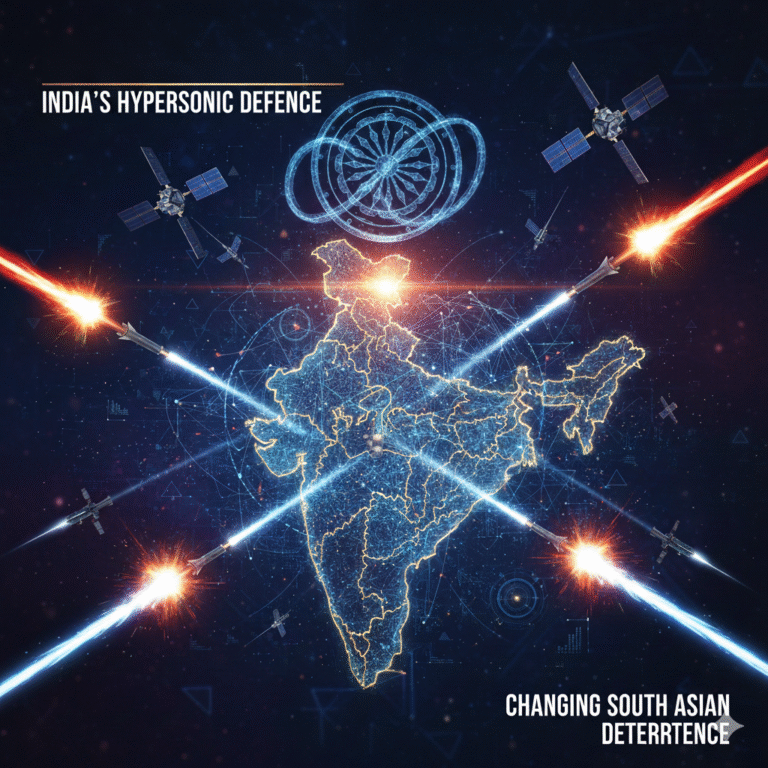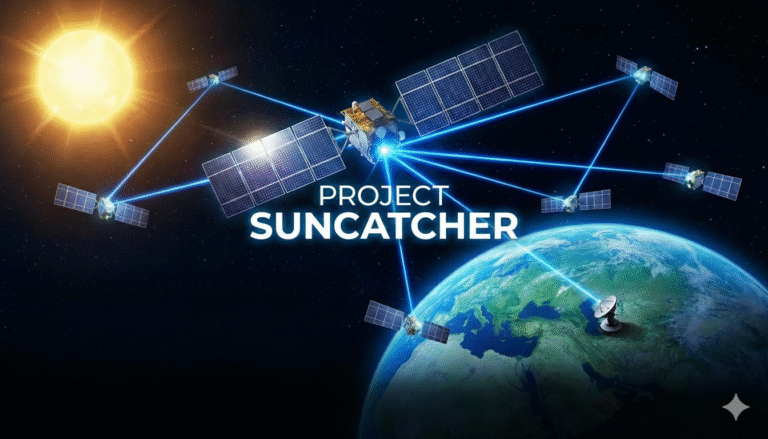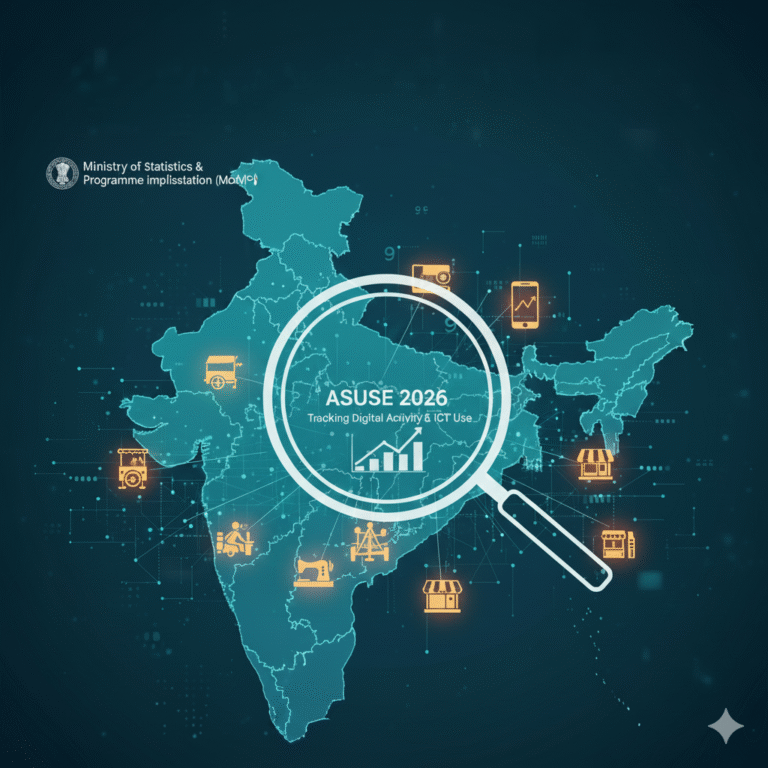In a world increasingly threatened by climate change and biodiversity loss, science is finding innovative ways to monitor and protect ecosystems before they reach a tipping point. Among the latest breakthroughs is a groundbreaking robotic system called BioDiMoBot (Biodiversity and Environmental Monitoring Robot), which represents a fusion of biology, engineering, and artificial intelligence (AI). Developed to autonomously operate in lakes, rivers, and coastal waters, BioDiMoBot combines physical sensors, biohybrid technologies, and AI-powered analysis to monitor aquatic environments in ways never seen before.
This article explores how BioDiMoBot functions, what sets it apart from traditional monitoring methods, and how it is helping scientists detect early warning signs of ecosystem stress while promoting a harmonious relationship between technology and nature.
Understanding the Twin Global Challenges
Climate Change and Its Ripple Effects
Climate change is accelerating with devastating consequences—rising sea levels, more frequent natural disasters, and shifting weather patterns. Aquatic ecosystems are among the first to feel these changes, facing warmer waters, increased acidification, and altered current flows that disrupt life cycles and habitats.
Biodiversity Loss: A Silent Crisis
Equally alarming is the rapid loss of biodiversity, driven by habitat destruction, pollution, invasive species, and changing climates. Species are disappearing at an unprecedented rate, reducing the resilience of ecosystems and compromising essential services like water purification and carbon storage.
Together, these crises require tools that can provide real-time, accurate, and scalable environmental data. Enter BioDiMoBot.
What is BioDiMoBot?

Concept and Origin
BioDiMoBot is an innovative robot designed to autonomously navigate freshwater and coastal ecosystems while collecting high-resolution environmental data. The name stands for Biodiversity and Environmental Monitoring Robot and reflects its dual focus on ecological health and technological innovation.
How It Works
BioDiMoBot is equipped with:
- Physical sensors for monitoring water temperature, pH levels, turbidity, oxygen content, and more.
- Biohybrid technology, inspired by natural organisms, which allows it to mimic biological forms and functions.
- AI-supported data analysis that processes collected data to detect patterns and anomalies.
This triad enables the robot to go beyond the surface, capturing behavioral and environmental signals often missed by static or manual monitoring tools.
Biohybrid Technology: Bridging Biology and Robotics
What Is Biohybrid Technology?
Biohybrid technology refers to systems that combine synthetic materials with biological elements to create hybrid functionalities. In the case of BioDiMoBot, this includes components that mimic natural swimming patterns or respond to stimuli the way living organisms do.
Advantages Over Traditional Robotics
- Natural Integration: Biohybrid forms reduce disturbances to aquatic life.
- Increased Maneuverability: Bio-inspired designs allow smoother, quieter movement.
- Enhanced Sensing: Mimicking biological processes improves data collection from the ecosystem’s perspective.
AI-Powered Analysis for Early Detection
Machine Learning in Environmental Monitoring
BioDiMoBot uses machine learning algorithms trained to recognize signs of ecological stress. By analyzing massive datasets, the AI can:
- Detect changes in behavioral patterns of fish and other aquatic species.
- Spot early indicators of pollution, algal blooms, or habitat degradation.
- Predict long-term impacts based on current trends.
Autonomous Operation
Unlike traditional monitoring systems, BioDiMoBot operates without human intervention, thanks to its self-learning AI. It can navigate, collect, and analyze data continuously, adapting to new environmental conditions in real time.
Real-World Applications
Conservation Efforts
Governments and NGOs can deploy BioDiMoBot in sensitive ecosystems to monitor biodiversity and plan conservation strategies based on real-time data.
Climate Research
Scientists use the data from BioDiMoBot to build climate models that predict how aquatic environments will respond to ongoing changes.
Disaster Preparedness
The robot can detect early signs of environmental disruption, such as increased toxicity or low oxygen levels, providing critical lead time for mitigation.
Urban and Industrial Planning
Cities and industries situated near water bodies can use BioDiMoBot’s data to ensure their activities do not harm the local environment.
Ethical and Practical Considerations
Data Privacy and Sovereignty
Environmental data, especially when gathered autonomously, raises questions about data ownership and usage rights.
Technological Limitations
- Battery life and energy management.
- Durability in harsh aquatic conditions.
- Risk of malfunction in critical habitats.
Eco-Compatibility
Designs must ensure that the presence of the robot doesn’t interfere with the natural behavior of aquatic life.
Future Prospects and Innovations
Integration with Satellite and IoT Networks
Future iterations of BioDiMoBot could be linked to satellite systems and IoT devices for broader coverage and multi-modal analysis.
Swarm Technology
Multiple BioDiMoBots could operate in coordination, mimicking natural swarms to cover large areas efficiently.
Citizen Science and Community Monitoring
User-friendly versions of BioDiMoBot could empower local communities to monitor their water bodies and contribute to global databases.
Conclusion
BioDiMoBot represents a paradigm shift in environmental monitoring. By merging biohybrid engineering, cutting-edge AI, and nature-inspired design, it exemplifies how technology can work with—not against—nature. Its autonomous operation and deep analysis capabilities make it an essential tool in the global fight against climate change and biodiversity loss.
As we face an uncertain environmental future, solutions like BioDiMoBot offer a ray of hope—where intelligent machines help us understand, protect, and preserve the fragile ecosystems that sustain life on Earth.









+ There are no comments
Add yours